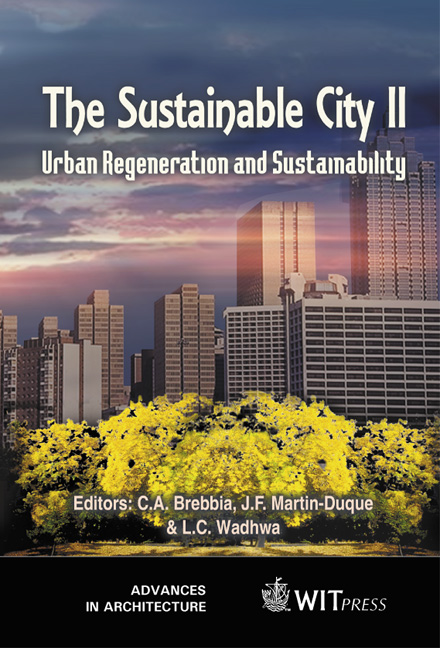Sustainable Preservation Of Historical Urban Areas Through The Improvement Of Colour Image
Price
Free (open access)
Transaction
Volume
54
Pages
Published
2002
Size
669 kb
Paper DOI
10.2495/URS020381
Copyright
WIT Press
Author(s)
N Naoumova & PO Jaekel
Abstract
In this paper we discuss the procedure, performance and importance of chromatic analysis for preservation of historical architectural centre. We present the results of analysis of urban area and development of chromatic strategy for the Brazilian historical city of Piratini. Portuguese immigrants founded this city in the 18th century and it holds the most complete and homogeneous architectural setting in Rio Grande do SUI state. The purpose of the developed chromatic strategy is a creation of characteristic colour image (colour identity) of the historical centre adjusted to modem chromatic space of the city to assure a sustainability of historical architectural setting. Different palettes were prepared for the group of buildings with different levels of preservation. The elaborated proposals were approved by the state government and practice works are currently being executed. 1 Introduction In this work, we present the results of analysis of urban area and development of the chromatic strategy for the Brazilian historical city of Piratini. The present study focuses on the city downtown area where most of the buildings were built in the colonial period in the beginning of the 19th century. The city, located in the southern region of the state, has an historical setting considered one of the most complete and homogeneous in Rio Grande do Sul state. The faqades of the oldest houses are mainly characterised by the following factors: the presence of roof-pitch, simple geometry of the faqade, the opening proportions approaching the form of the flat rectangle or the square, the predominance of the full spaces over the empty ones and a considerable robustness. The
Keywords





